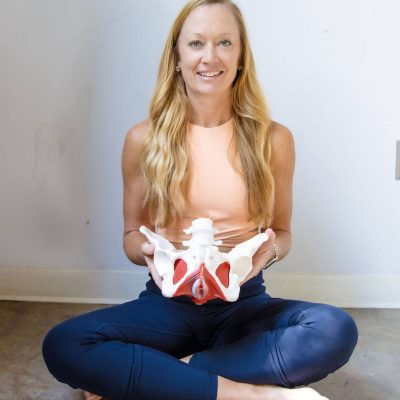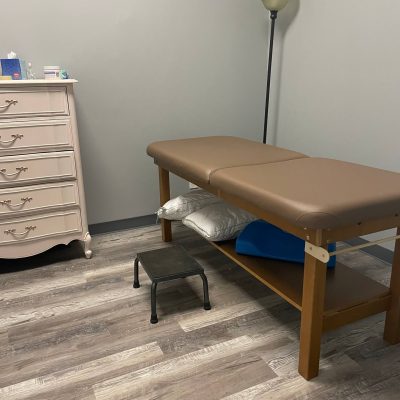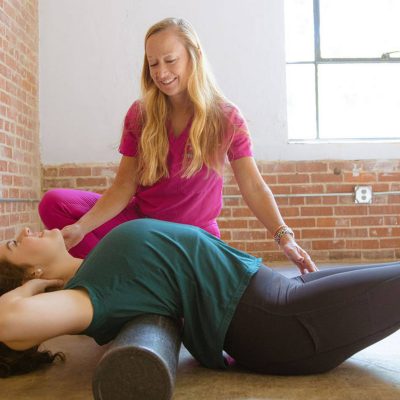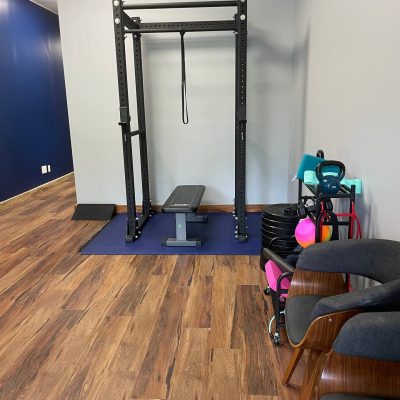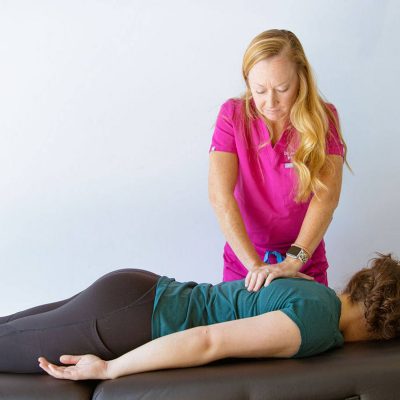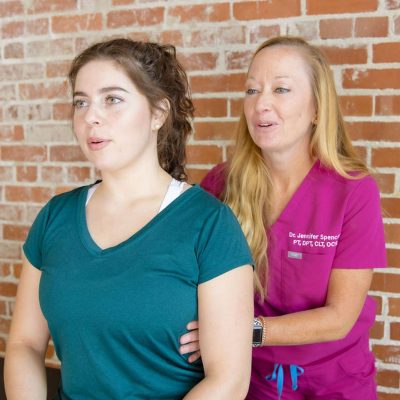Did you know there is a proper way to sit on the toilet? We find the vast majority of our patients who have difficulty emptying their bowels or bladders are not sitting correctly on the toilet! We tend to find that people sit upright and tall, hunch over, or even do the unthinkable, hover. Try these tips below to ensure you can effectively empty while sitting on the toilet.
- Do not Hover! Make sure you are sitting completely on the toilet seat. This will allow the pelvic floor muscles that control your bowel and bladder function to fully relax. If these muscles are not fully relaxed, that can lead to incomplete emptying of the bladder and bowels.
- Elevate your knees higher than your hips.The optimal position to empty the bowels and bladder is in a seated squat position. I recommend a product called the Squatty Potty to help achieve this position. A squatty potty is designed to sit at the base of your toilet and has placement marks for your feet. If you don’t have a squatty potty, you can use a step stool or even stacked up books; however, a squatty potty can be easily tucked under the toilet so it is not a trip hazard after using.
- Separate your knees out wide. Make sure you pull down your clothes all the way to your feet to prevent your knees from not being able to separate. This allows the pelvic bones and muscles to be open and relaxed.
- Keeping your back straight, hinge at the hips and lean forward with hands or forearms on knees. Think about this position like the guy reading the Sunday paper. Hinging forward at the hips with feet and knees elevated will allow you to assume a modified “squat” position, allowing the pelvic floor muscles to be open and relaxed, something that is needed for complete bladder and bowel elimination.
Why does this position matter?
Getting into this position allows the bowels to line up more straight and assists in decreasing the “kink” that is present towards the end of your rectum. This “Kink” is a tightened Pelvic Floor muscle called the Puborectalis that is tight when you are not in a squat position. Leaning forward also applies more pressure onto the bladder to assist with complete bladder emptying.
Try using a step stool the next time you go to the bathroom! If you are still having issues with bowel movements or complete bladder emptying, a Pelvic Floor Physical Therapist can help! Contact us! We offer 60 minute one on one sessions.

